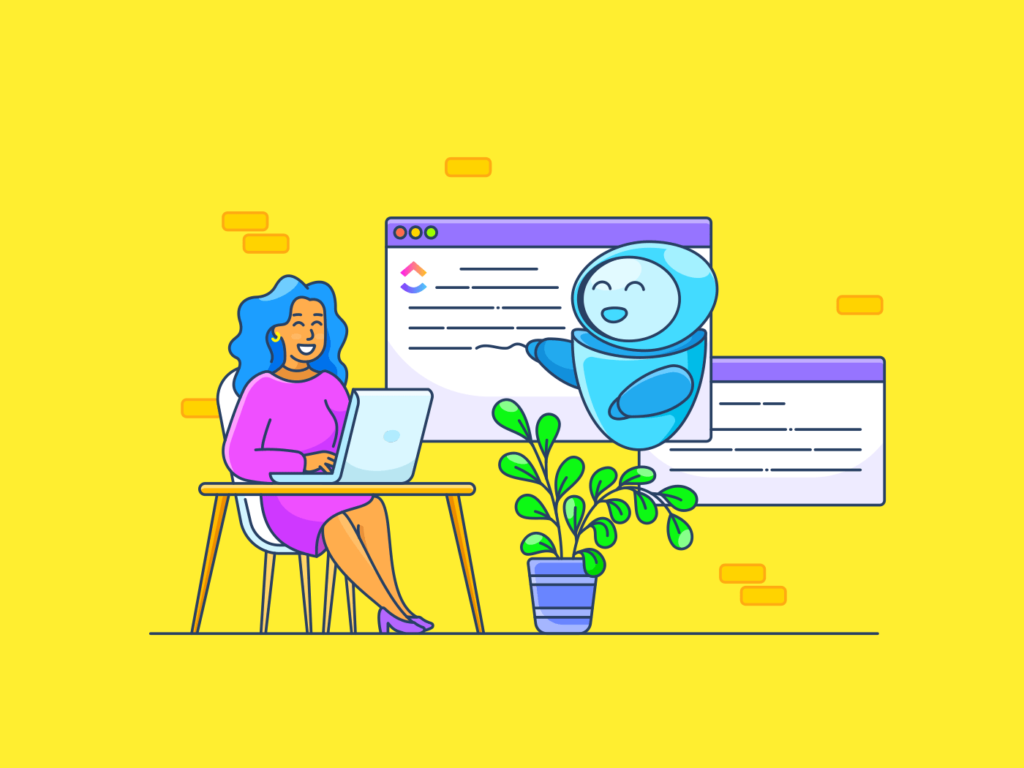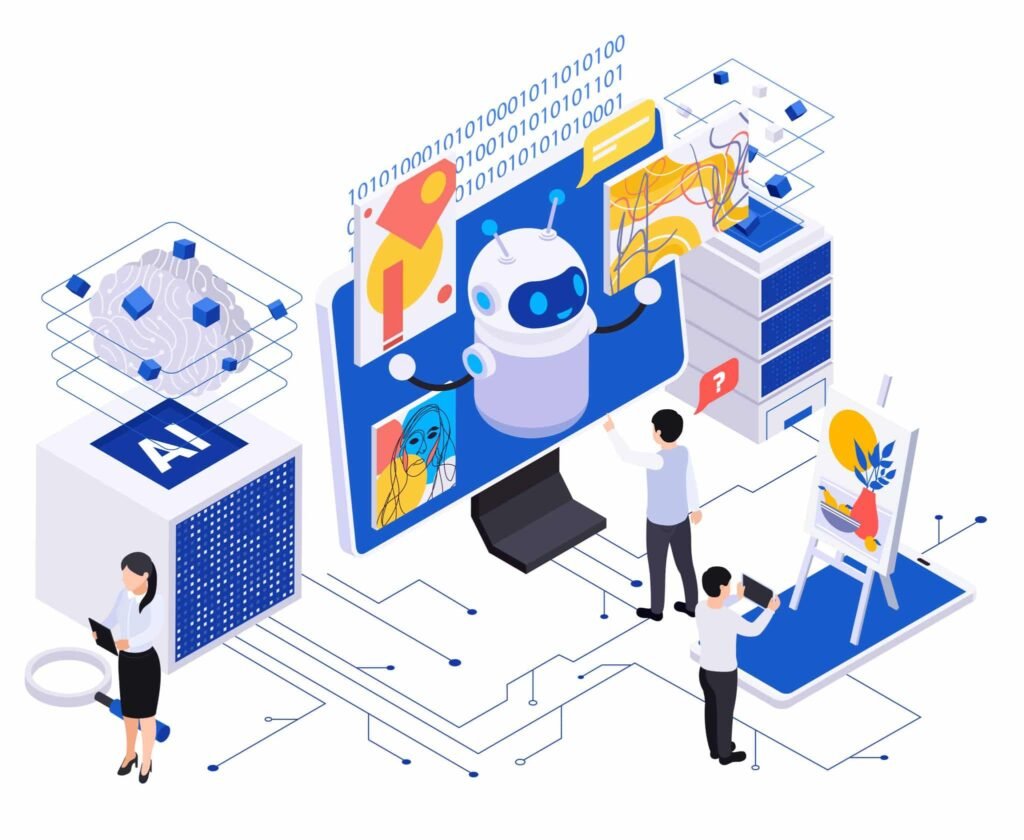AI’s Growing Role in Content Creation
Artificial Intelligence (AI) is revolutionizing the world of content creation, from writing blogs and articles to generating videos, music, and images. AI-driven tools like ChatGPT, Jasper, and DALL·E have made content creation faster and more accessible. However, as AI-generated content becomes more widespread, ethical concerns have emerged.
This article explores the ethical implications of AI in content creation, addressing concerns like plagiarism, misinformation, job displacement, and data privacy.

The Ethical Dilemmas of AI in Content Creation
1. Plagiarism and Copyright Issues
One of the biggest concerns with AI-generated content is plagiarism and copyright infringement. AI tools are trained on vast amounts of data, often pulled from existing sources, which raises questions about originality and ownership.
- Who owns AI-generated content? Since AI tools do not create from scratch but remix existing data, the ownership rights are often unclear.
- Unintentional plagiarism: AI may generate text or images that resemble copyrighted material without proper attribution.
- Legal battles: Several lawsuits have already been filed against AI companies for allegedly using copyrighted content without permission.
Solution: Ethical AI usage requires proper citation, clear copyright guidelines, and legal frameworks to define ownership rights.
2. Spread of Misinformation and Fake News
AI’s ability to generate realistic text, images, and even deepfake videos has led to concerns about misinformation and fake news.
- Deepfake technology: AI can create fake videos of public figures, misleading audiences and damaging reputations.
- AI-generated news articles: Without human oversight, AI-written news can spread biased or inaccurate information.
- Manipulation of facts: AI-generated content can be used to push propaganda, mislead readers, or even influence elections.
Solution: Stricter regulations, fact-checking AI-generated content, and adding digital watermarks to identify AI-created media.

3. Job Displacement and the Future of Human Writers
As AI tools improve, concerns about job losses in creative industries are growing.
- Reduced demand for writers: Many companies now rely on AI-generated blogs, social media posts, and product descriptions.
- Impact on journalists: Automated news-writing tools may replace human journalists for basic reporting.
- Effect on designers and artists: AI-generated art tools threaten traditional artists and graphic designers.
Solution: Human creativity remains irreplaceable. Writers and designers should focus on enhancing AI-generated content rather than fearing it.
4. Data Privacy and Ethical AI Training
AI models learn from massive datasets, which often include personal and sensitive information.
- Unethical data sourcing: AI tools sometimes use data scraped from the internet without user consent.
- Privacy concerns: AI-generated recommendations and personalized content can track user behavior excessively.
- Bias in AI models: If AI is trained on biased data, it can produce biased and discriminatory content.
Solution: Ethical AI development requires transparency in data collection and stronger data privacy laws.
The Positive Side of AI in Content Creation
Despite ethical concerns, AI offers many benefits in content creation.
- Increased productivity: AI speeds up content generation, allowing creators to focus on strategy and creativity.
- Enhanced creativity: AI can suggest ideas, improve writing, and generate unique designs.
- Accessibility: AI tools help people with disabilities by converting text to speech, auto-generating captions, and more.
- Cost savings: Businesses save money by using AI-generated content instead of hiring full-time creators.

How to Use AI Ethically in Content Creation
To balance AI’s benefits with ethical concerns, content creators must adopt responsible practices.
1. Human Oversight
- Always review AI-generated content for accuracy, originality, and ethical considerations.
- Combine AI efficiency with human creativity to produce high-quality content.
2. Transparent AI Usage
- Disclose when content is AI-generated.
- Use AI responsibly to enhance human work, not replace it.
3. Ethical AI Training
- Support AI models trained on ethically sourced data.
- Encourage companies to be transparent about their data collection practices.
4. Legal and Policy Frameworks
- Governments and tech companies must work together to create ethical AI regulations.
- Clear copyright laws should be established for AI-generated content.
Conclusion: Striking a Balance Between AI and Ethics
AI in content creation is here to stay, offering both exciting opportunities and ethical challenges. While AI can enhance creativity and productivity, it also raises concerns about plagiarism, misinformation, job displacement, and data privacy. The key to ethical AI usage lies in responsible practices, human oversight, and transparent regulations.
By understanding and addressing these ethical concerns, we can ensure AI remains a tool that benefits creators, businesses, and audiences alike.
Taylor Swift’s “Eras” Tour: A Cultural Revolution Breaking Records & Hearts






